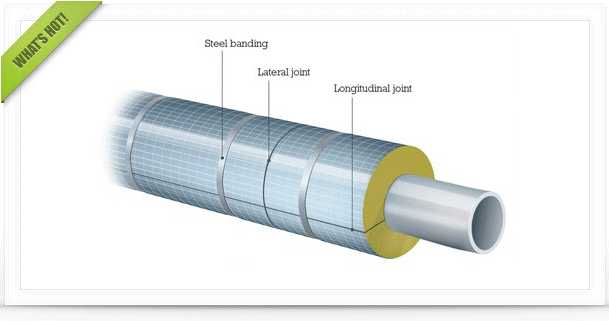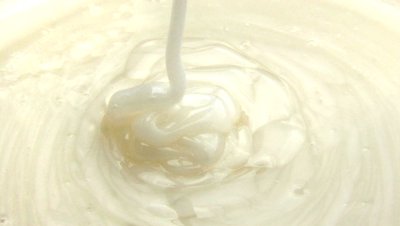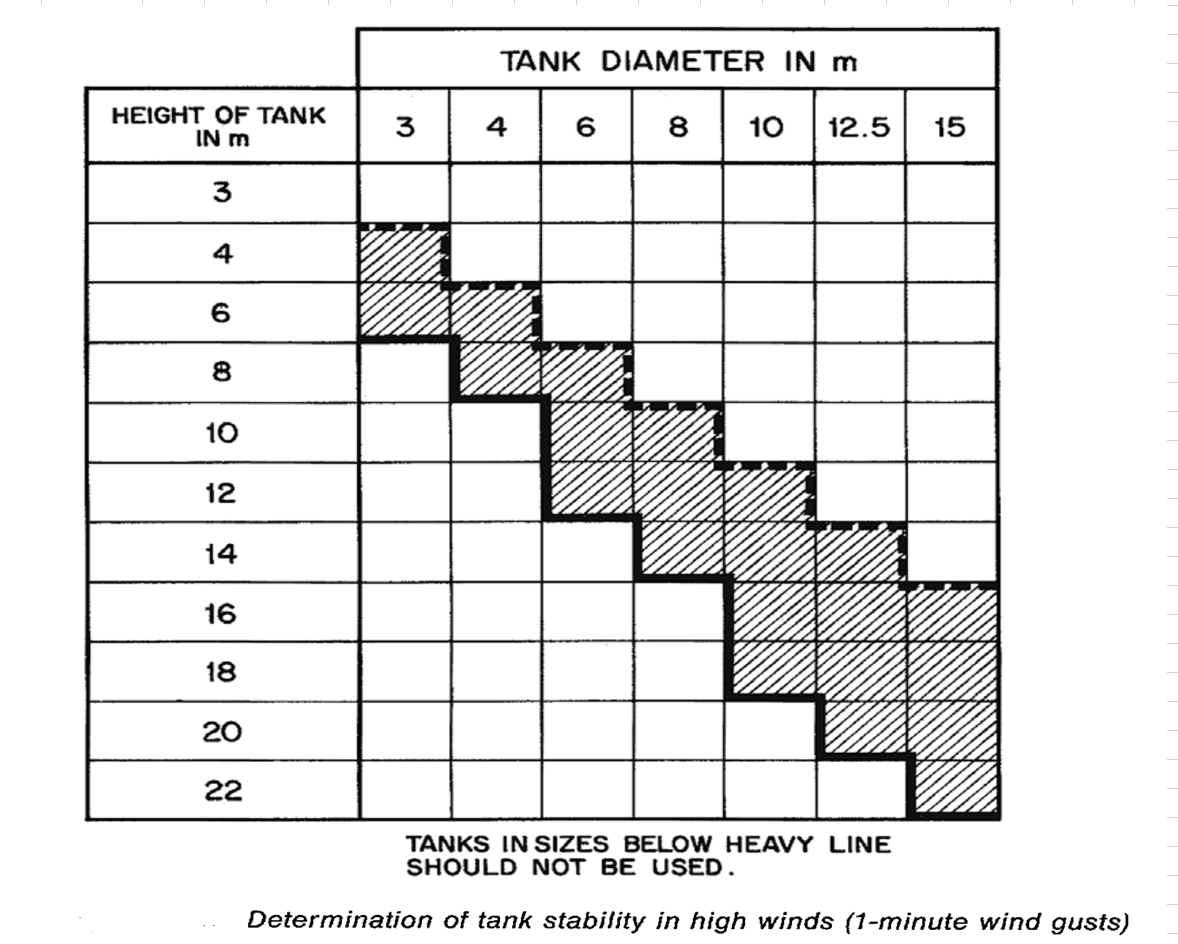Hello forum viewers,
We have noticed a peculiar incident in our factory last week.
We have installed a new SS water ring vacuum pump for our toluene and BF3 etherate distillation.
There was a short time power cut in our factory, which has stopped the vacuum pump for a while about 10 minutes only.We started the vacuum pump when the power has been resumed , what we have seen is quite unfortunate ,the rotor of the vacuum pump has been broken.We have installed a NRV and also provided a chilling water circulation for this vacuum pump.Why the rotor has gone ? We couldnt find reasons .I hope forum viewers could shed their views on this matter.
Thanks & Regards
Ramnathsharma
|
|
Vacuum Pump Rotor Damage
Started by ramnathsharma, Apr 27 2006 11:34 PM
6 replies to this topic
Share this topic:
#1

Posted 27 April 2006 - 11:34 PM
#2
 Guest_Guest_*
Guest_Guest_*
Posted 29 April 2006 - 03:25 AM
I don't see any process nor mechanical reasons for this except defects in shaft. You should take care that the casing of a liquid ring vacuum pump should be empty before starting. Otherwise, you will have high load and this may lead to damage in future (but not immediately). Where did the shaft broke and how is the fracture looks like? Is it abrupt or do you observe any cone and cup formation? Does entire fracture area look fresh or did you observe any color shading?
#3

Posted 04 May 2006 - 02:17 AM
QUOTE (Guest @ Apr 29 2006, 01:55 PM) <{POST_SNAPBACK}>
I don't see any process nor mechanical reasons for this except defects in shaft. You should take care that the casing of a liquid ring vacuum pump should be empty before starting. Otherwise, you will have high load and this may lead to damage in future (but not immediately). Where did the shaft broke and how is the fracture looks like? Is it abrupt or do you observe any cone and cup formation? Does entire fracture area look fresh or did you observe any color shading?
Thanks for your reply.
Well, what we have noticed was rotor blade was completely broken from its shaft.No other signs of damage have been reported.Regarding your statement that a vacuum pump should not be started with casing full of water (in our case water ring vacuum pump), i couldnt get convinced becoz we have operated the pump with casing full of water by keeping the drain open, so many times in our factory and also for so many years together .can you pls explain furhter to this.
Thanks & regards
ramnathsharma
#4
 Guest_Guest_*
Guest_Guest_*
Posted 04 May 2006 - 11:00 PM
Generally, water ring vacuum pumps are supplemented with non return type drain valves at the bottom of the casing. When the pump is not working, casing water gets drained totally. During normal operation, the pressure difference, inside the pump casing and atmosphere, keeps the valve closed. Once the pump starts running, you should open the sealing water valve. We generally interlock the sealing water valve with pump motor.
Just check the current with and without water in the casing. You can see a substantial difference. If you are facing frequent motor burn out, this can be a cause.
We alwayas tend to maintain status quo as long as we don't have problems with existing set up, still it is better to improve things.
PS: Did you observe scoring on the control disc?
Regards,
Just check the current with and without water in the casing. You can see a substantial difference. If you are facing frequent motor burn out, this can be a cause.
We alwayas tend to maintain status quo as long as we don't have problems with existing set up, still it is better to improve things.
PS: Did you observe scoring on the control disc?
Regards,
#5

Posted 05 May 2006 - 12:17 AM
QUOTE (Guest @ May 5 2006, 09:30 AM) <{POST_SNAPBACK}>
Generally, water ring vacuum pumps are supplemented with non return type drain valves at the bottom of the casing. When the pump is not working, casing water gets drained totally. During normal operation, the pressure difference, inside the pump casing and atmosphere, keeps the valve closed. Once the pump starts running, you should open the sealing water valve. We generally interlock the sealing water valve with pump motor.
Just check the current with and without water in the casing. You can see a substantial difference. If you are facing frequent motor burn out, this can be a cause.
We alwayas tend to maintain status quo as long as we don't have problems with existing set up, still it is better to improve things.
PS: Did you observe scoring on the control disc?
Regards,
Just check the current with and without water in the casing. You can see a substantial difference. If you are facing frequent motor burn out, this can be a cause.
We alwayas tend to maintain status quo as long as we don't have problems with existing set up, still it is better to improve things.
PS: Did you observe scoring on the control disc?
Regards,
Thanks for the reply.
One more interesting thing our people have observed.
The hot vapours from the condensors might have penetrated the pump casing as there was no Non-Return valve on the discharge side of the pump, but i really dont know whether hot vapours damaged the rotor.
Also interesting is that one of my friends who is working in a pharmaceutical plant has observed the same behaviour of water ring pump, but in his case the entire shaft was also damaged.
Hope to get reply for this also.
Thanks & Regards
Ramnathsharma
#6

Posted 12 May 2006 - 03:49 PM
I agree with what was said about starting the pump full of water. This is one of the reasons for breaking the blades of the rotor.
I would like to know what kind of liquid ring vacuum pump do you have installed. Is it a cone ported one (Nash type) or a flat side pump (Sihi type)?
Regards
I would like to know what kind of liquid ring vacuum pump do you have installed. Is it a cone ported one (Nash type) or a flat side pump (Sihi type)?
Regards
#7

Posted 15 May 2006 - 06:29 AM
You should ALWAYS drain a water ring vacuum pump completely before part filling it and restarting it;
1. to get rid of pollutants (mechanical / chemical) in the water
2. to have some control over the temperature (fresh water would cool the pump a bit)
it may take a few minutes longer that way but it saves you work and money in the long run.
1. to get rid of pollutants (mechanical / chemical) in the water
2. to have some control over the temperature (fresh water would cool the pump a bit)
it may take a few minutes longer that way but it saves you work and money in the long run.
Similar Topics
Vacuum RecoveryStarted by Guest_Paper_* , 25 Feb 2025 |
|

|
||
Centrifugal Pump In Recycle Mode: Constant Power Consumption But FluctStarted by Guest_Kakka_* , 23 Jan 2025 |
|

|
||
Need Help Understanding Increased Power Consumption In Injection PumpStarted by Guest_Kakka_* , 21 Feb 2025 |
|

|
||
Improving Safety By Re-Routing Priming Vent Line In Centrifugal Pump HStarted by Guest_Srinivas Agastheeswaran_* , 31 Jan 2025 |
|

|
||
Esp Or Sro PumpStarted by Guest_sima-f_* , 05 Jan 2025 |
|

|

 FB
FB






